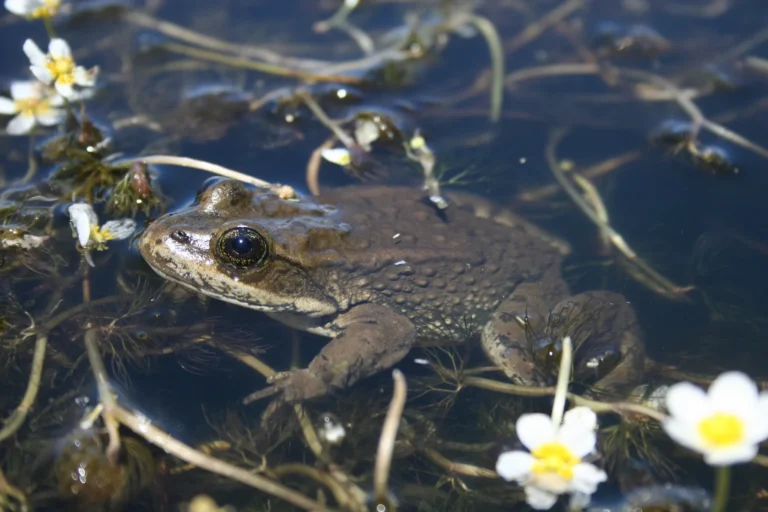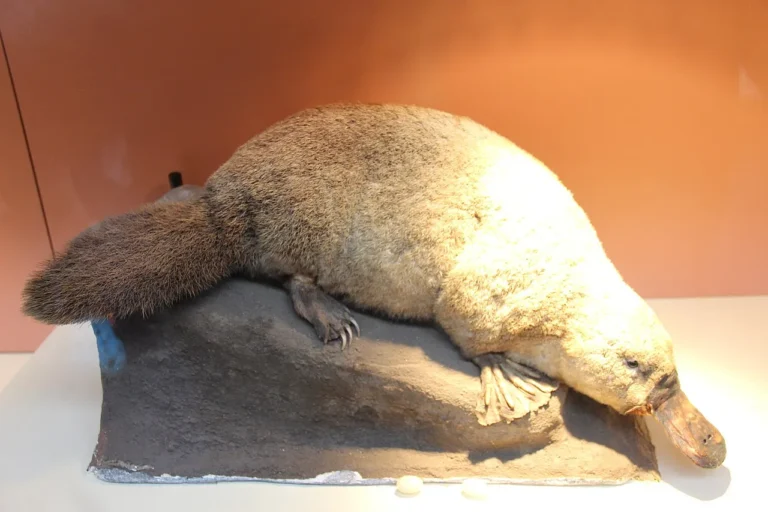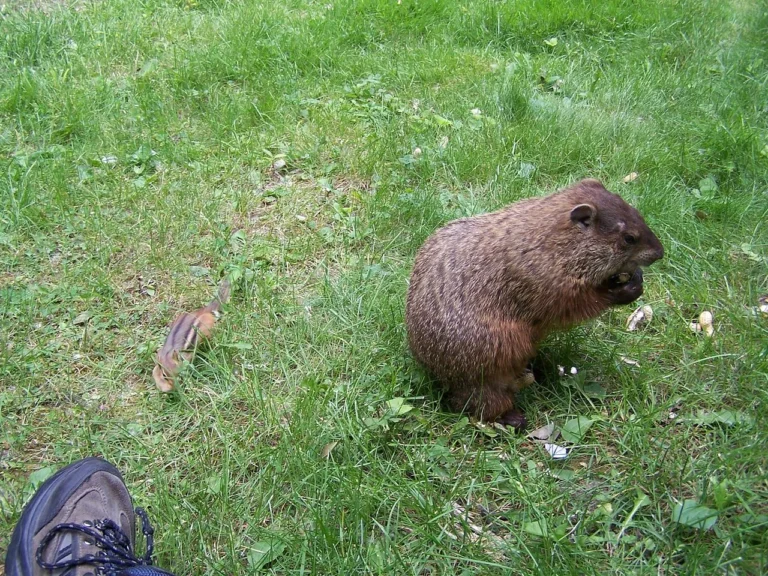3 Examples of Bioaugmentation Explained
Examples of bioaugmentation are; fungal inoculation of biphenyl-contaminated soil, microbe supplementation in biogas reactor, and combined landfill leachate treatment with microbial strains
This article discusses examples of bioaugmentation, as follows;
1). Fungal Inoculation of Biphenyl-Contaminated Soil (as one of the Examples of Bioaugmentation) [2]
This example represents an elaborate and distinctive bioremediation strategy where the primary microbe used is from the group of eukaryotic microbes called fungi, which includes, yeast; molds, and mildews.
Here the specific specie of fungi used is Lentinus tigrinus; which is a gilled, nonpoisonous mushroom in the Polyporaceae family [3].
The selection of the microbe strain used in this case is based on its characteristics that include resilience, versatility, environmental tolerance, colonizing behavior, and relatively-rapid metabolism.
Known for its ability to actively facilitate the decay of biomass like wood, Lentinus tigrinus was selected as a suitable strain to effectively breakdown polychlorinated biphenyls (hydrocarbons) on the site.
The degraded medium is soil, and the case involves long-term, recurrent pollution, presumably due to industrial activities that encourage active handling of energy resources, and oil spills, among others.
Inoculation was biomass-based, through an approach similar to composting, and involving the use of maize stalk as a medium of both culturing and immobilization.
It must be noted that the site was earlier assessed as part of conventional bioremediation/bioaugmentation process, to determine that native microbial populations and species present were insufficient and/or unsuitable to degrade the pollutant effectively and achieve soil restoration.
Outcomes of the procedure are generally positive, indicating that bioaugmentation using Lentinus tigrinus is a suitable approach where the target pollutants include polychlorinated biphenyls.
2). Microbe Supplementation in Renewable Fuel-Bioreactor [4]
In this example of bioaugmentation, microbes are used to inoculate the substrate in a biogas reactor where ammonia production rate is high.
The aim of the procedure is analytical, based on an inquiry as to the ability of a specific group of microbes to optimize biofuel production under the prevalent conditions, especially considering the role of ammonia in reducing microbial activity and lowering the efficiency of the reactor.
Microbes used are acetate-oxidizing strains that include bacterial species like Clostridium ultunense.
Different conditions of bioaugmentation are included in the evaluation, including microbial accumulation and overloading.
The main parameter used to evaluate the effect of bioaugmentation is biogas production rate, while other parameters include alkalinity, pH, volatile fatty acid (VFA) and methane content, where a mixture cattle manure and whole sillage serve as the substrate.
Duration of the bioaugmentation project is about 460 days, during which the substrate is allowed to digest (that is; to undergo controlled biodegradation) in the reactor.
Results of the entire procedure indicate no notable influence on the stability of digestion conditions, rate of ammonia or biogas production in the reactor under all conditions of bioaugmentation.
What this implies is that ammonia production has a similar effect on the introduced microbes as on those already present in the reactor.
The results can be used for decision-making in projects regarding renewable fuel production in biorefineries, or wastewater treatment, among other bioremediation scenarios where ammonia production rate is likely to be high.

3). Combined Landfill Leachate Treatment with Microbial Strains (as one of the Examples of Bioaugmentation) [1]
The combined treatment of landfill leachate with microbial strains includes other measures and approaches namely; biostimulation and natural attenuation.
Leachate produced by the degradation of wastes accumulated from landfilling activities is the main substrate, which is rich in nutrients and various kinds of pollutants that can cause degradation if released into the environment.
Microbes used tor bioaugmentation here include mesophilic bacteria like Brevibacillus panacihumi.
The results show reduction of contaminants like ammonia nitrogen, although the effectiveness of bioaugmentation for pollutant removal in this case, is lower than that of biostimulation and natural attenuation respectively.
This indicates that is may be helpful to give high priority to these two alternative approaches when treating landfill leachate.

Conclusion
Examples of bioaugmentation are;
1. Fungal Inoculation of Biphenyl-Contaminated Soil
2. Microbe Supplementation in Renewable Fuel-Bioreactor
3. Combined Landfill Leachate Treatment with Microbial Strains
References
1). Er, X. Y.; Seow, T. W.; Lim, C. K.; Ibrahim, Z. (2018). "Natural attenuation, biostimulation and bioaugmentation of landfill leachate management." IOP Conf. Ser.: Earth Environ. Sci. 140 012034. Available at: https://doi.org/10.1088/1755-1315/140/1/012034. (Accessed 8 January 2023).
2). Federici, E.; Giubilei, M.; Santi, G.; Zanaroli, G.; Negroni, A.; Fava, F.; Petruccioli, M.; D'Annibale, A. (2012). "Bioaugmentation of a historically contaminated soil by polychlorinated biphenyls with Lentinus tigrinus." Microbial Cell Factories 11(1):35. Available at: https://doi.org/10.1186/1475-2859-11-35. (Accessed 8 January 2023).
3). Kalaw, S. P.; De Leon, A. M.; Damaso, E. J.; Ramos, J. C.; Rosario, M.; Abon, M. D.; Undan, J. R.; Dulay, R. M. R.; Reyes, R. (2021). "Cultivation of different strains of Lentinus tigrinus from selected areas of Luzon Island, Philippines." Studies in fungi 6(1):299-306. Available at: https://doi.org/10.5943/sif/6/1/20. (Accessed 9 January 2023).
4). Westerholm, M.; Levén, L.; Schnürer, A. (2012). "Bioaugmentation of Syntrophic Acetate-Oxidizing Culture in Biogas Reactors Exposed to Increasing Levels of Ammonia." Applied and Environmental Microbiology 78(21):7619-25. Available at: https://doi.org/10.1128/AEM.01637-12. (Accessed 8 January 2023).



